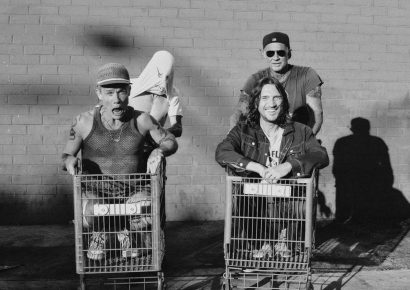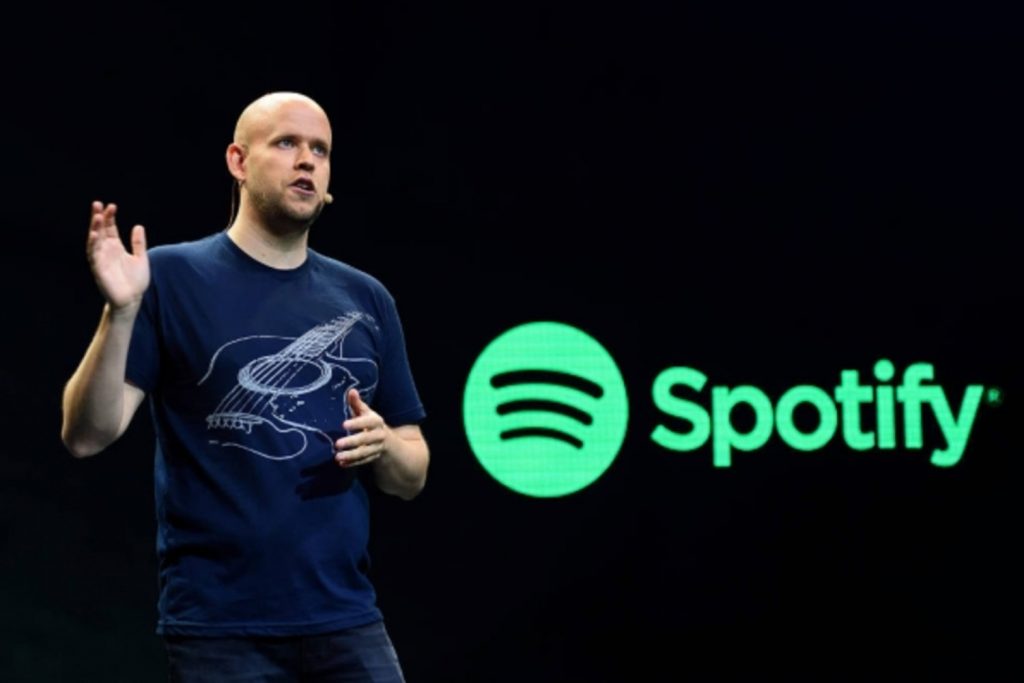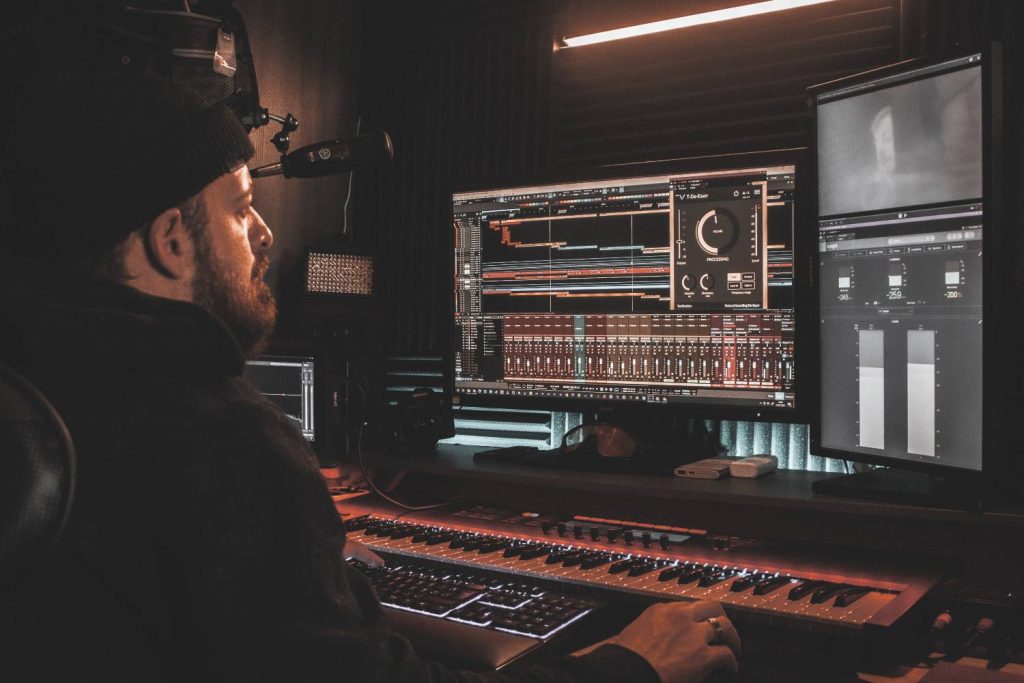How playing guitar and drums can be connected
It’s the guitar special this month and this got me thinking about the other instrument in my life – shhh, don’t tell my drums, they’re vintage and a little sensitive. Nevertheless, guitar has always been part of my musical life – albeit, usually playing second fiddle to the drum kit.
This said, I still perform on the guitar from time to time and thought that I would touch on some key musical factors that relate to both the guitar and drum kit and how these things continue to be connected when I play either instrument.
Read all the latest features, columns and more here.
Guitar became part of my life at an early age, around eight. My parents enrolled me in guitar lessons after I showed some ability in learning from my relatives – a few basic chords, four strums a bar etc. I had a great teacher and learned a holistic approach to learning guitar including reading, feel, finger picking, styles, and more.
However, from an even earlier age, as young as five, drums were an obsession. Playing and learning by ear, I had no formal training and taught myself by trying to mimic simple beats and fills by watching a local drummer at church. A key thing I learned, even at that early age, was playing the backbeat – snare drum goes on beats two and four.
Clearly, nothing new and a standard thing to learn for a beginner but this brings me to my first connection to the way I think about playing guitar – as a drummer!
The backbeat
These days I mostly play acoustic-type guitar gigs – typically in duo situations with a singer. In this scenario, the guitar has two primary roles. Firstly, it’s the harmony and the foundation for the singer but secondly, it’s the groove keeper. When playing guitar gigs, I can’t stand the fact that if people try to get up and dance, they don’t have the back beat that the drummer would provide. Assuming we’re not playing to tracks, I try to add this in to be able to maintain a feel or groove.
The idea is to create a percussive effect to mimic and imply grooves. This is achieved by strumming a hard accent on all strings but crucially, releasing the pressure off the strings in the left hand at the same time. Doing this not only stops the vibration of the strings, it then acts as a mute so that the right hand just becomes the back beat. You should keep the shape of the chord in the left hand, just release the pressure off the strings. The trick, however, is to incorporate this ‘two and four’ into your regular strumming patterns.
It’s very effective and gives the illusion of a percussive-type snare in the groove. You can also incorporate the muting/strum backbeat vibe while playing single note lines or riffs. It just makes what you’re playing sit and feel better. This is also a great way to set up a bass groove on a looper. All about the two and four peeps!
Stomp box
Lots of guitarists mess around with stomp boxes too. I wanted to get in on the action, so I started investigating. In doing so, I sussed out some great electronic percussion solutions (as opposed to the standard one sound stomp box) that could double as a hybrid set up on the kit when not doing guitar gigs.
Roland produces the SPD-One series – electronic percussion units that have one single pad and just a handful of sounds depending on the application. The SPD-One Kick pad has a bias towards bass drum sounds, but it also has options for traditional stomp box sounds and even Cajon. There’s also samples of jingles and claps etc. so it becomes a handy (and small) unit to mount on the drum kit for a couple of electronic aids on the gig.
Crucially, its other purpose can be for guitarists. It can be placed on the floor and used as a stomp box with the foot. Robust and pretty handy. On a recent guitar gig, I plugged the SPD-One Kick into my looper pedal and used it to set up grooves to then play over. It was great to be able to stack sounds for the loop using the one pad and it’s not as big a set up as say, a full percussion Octopad or something.
There’s less pressure using the Roland to then have to play uber percussively on the guitar, but I still do. Where the drummer skill really comes into its own in this instance, is having the ability to then choose and apply whatever sort of groove or loop you wish to create for any situation as now, there’s even more scope for rhythmic variations – think hi-hat work, syncopation, varied kick patterns as opposed to four-on-the-floor and so on.
Be aware
A final thought about combining knowledge of playing drums and guitar. Glancing back, it was amazing (and fortunate) that my guitar teacher’s program was so comprehensive. I learned many styles of guitar playing but in reflection, this has hugely affected my playing as a drummer later in life, particularly in band situations because now, I’m more aware of what the other musicians are playing. This might include chord qualities, turn arounds, forms, riff placement, and stylistic characteristics of whatever we are playing. I also make my musical decisions based on what others are playing – surely a good thing.
Therefore, maybe my jealous vintage drums should be grateful that I also play guitar. Indeed, it is a great thing to have a knowledge of another instrument than that of your own. Deeper musical understanding is never a bad thing.
More on playing guitar as a drummer from Dave Grohl here.







